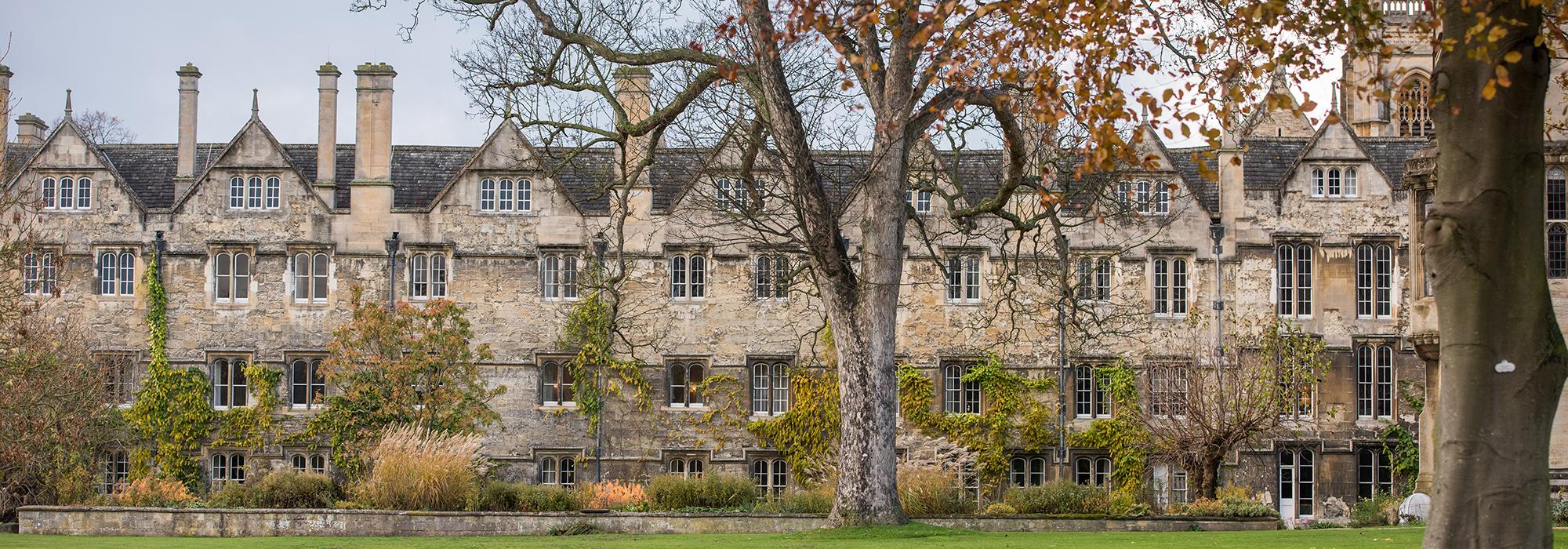
Admissions Feedback 2024-25
Most of these reports have been prepared by the College but they incorporate or refer to departmental and faculty reports where these are available. They are intended to inform those planning applications in the future and also to provide to unsuccessful candidates, their referees, schools and families with an indication as to the most likely reasons they were not selected in this round. The vast majority of our applicants are very talented, with exemplary academic backgrounds. The most common reason for non-selection is simply that it is an exceptionally competitive process. Some more specific indications of what tutors in particular subjects are seeking, and the processes and competition in each area, can be found under each subject header. It is important to remember both that Oxford makes its selection on academic criteria alone, and that interview performance is only one of the elements which tutors take into account when evaluating an application.
If you have been a referee for an unsuccessful candidate, we encourage you to continue to send your students to us, taking into account the comments here regarding any of the subject areas in which they may be interested. You may also wish to consult the pages on specific subjects. Merton's Schools Liaison and Access Officer will be pleased to provide any advice on supporting applications or you may wish to contact the Oxford college linked to your area under the University's Regional Outreach Scheme.
The College has made 109 offers to undergraduate candidates for 2025/26 entry, including nine open offers, and a number under the Opportunity Oxford scheme.
For detailed information on the academic criteria for admission, including specifics on how many UCAS points to get into Oxford, please refer to the admissions pages or contact the admissions office directly.
Thank you for applying for a place on BA (Hons) in English Language and Literature at the University of Oxford. We appreciate the time and effort you put into making an application. We had a high number of applicants for English Language and Literature, with many very good applications, which means that we had to make many difficult decisions.